How Hoover — No, Not That Hoover! — Got Al Capone
Years after the 1931 federal conviction for tax evasion that put Al "Scarface" Capone in prison and ended his career as Chicago's most feared mobster, he was known to complain bitterly about the man whose vendetta, in Capone's view, had put him behind bars. "That bastard Hoover," Capone would rant. But he suprisingly, he wasn't talking about FBI director J. Edgar Hoover, who, despite his heavily-hyped reputation as a gangster nemesis, had little to do with Capone's demise.
Instead, Capone saw his true mortal enemy as President Herbert Hoover. And unlike most of the people who harbor grudges against Presidents, Capone actually was right.
Today, the 31st President, who served a single term in the White House from 1929 to 1933, is mostly remembered for the economic catastrophes that befell the nation, such as the 1929 Wall Street crash and the Great Depression that ensued, and for his subsequent defeat by Franklin D. Roosevelt. But while Hoover's efforts at economic stimulus did not succeed, he had at least one important success. He put the nation's highest-profile criminal behind bars.
While Capone and Hoover never actually met, they came close. Between Hoover's election in November 1928 and his March 1929 inauguration, he took a lengthy vacation at his friend J.C. Penney's estate on Belle Isle in Miami Beach, which is about a mile by water from Capone's mansion. In organized crime mythology, there's a tale that Hoover was irked by the wild partying and occasional gunshots from the mobster's compound, while another version of the story has the President-elect visiting a Miami hotel and being dismayed when reporters suddenly abandoned him to talk instead to Capone. According to Mafia historian Carl Sifakis, it's doubtful either ever actually occurred.
What did happen, however, was that on March 20, 1929 — just 16 days after he was sworn in — Hoover had a meeting at the White House with a delegation of prominent Chicagoans, led by Chicago Daily News publisher Walter Strong and Judge Frank Loesch, president of the Chicago Crime Commission, who wanted him to take action to quell the rampant crime and lawlessness in Chicago. Hoover, we would assume, already knew that things were bad in the Windy City. A month before, the notorious St. Valentine's Day Massacre, in which Capone's assassins had slaughtered rival George "Bugs" Moran and six of his men in a garage, had made national headlines.
As Hoover recalled years later in his memoirs, the prominent Chicago citizens were blunt:
They gave chapter and verse for their statement that Chicago was in the hands of the gangsters, that the police and magistrates were completely under their control, that the governor of the state was futile, that the Federal government was the only force by which the city's ability to govern itself could be restored.
Hoover, understandably, was irked by the notion that gangsters were running a major U.S. city, and decided to do something about it:
At once, I directed that all the Federal agencies concentrate upon Mr. Capone and his allies. Our authority was limited to violations of income-tax and prohibition laws. It was ironic that a man guilty of inciting hundreds of murders, in some of which he took a personal hand, had to be punished merely for failure to pay taxes on the money he had made by murder.
By Hoover's account, he then instructed his Attorney General, William D. Mitchell, to put together a federal task force to go after Capone. For all Hoover's disdain for the notion of going after Capone for tax evasion, which had been made possible by a 1927 U.S. Supreme Court decision that made income from illegal activities such bootlegging subject to taxation, he embraced the strategy with zeal. When Hoover compelled his cabinet members to participate in his morning exercise ritual of tossing a medicine ball on the White House lawn (see video below), he made a habit of bugging his Treasury Secretary, Andrew Mellon, for progress reports. "He'd ask me, 'Have you got that fellow Al Capone yet?'" Mellon later recounted. "And at the end of the session, he'd tell me, 'Remember now, I want that Capone in jail."
It took two years, but Hoover got his wish. In June 1931, federal prosecutors indicted Capone on 22 counts of income-tax evasion. Despite the mobster's efforts at bribery and intimidation, he was convicted and sentenced to 11 years in prison.
But Capone and Hoover weren't entirely through with their relationship. On March 1, 1932, the nation was horrified by a different sort of crime — the brazen kidnapping of heroic aviator Charles Lindbergh's son, Charlie Jr. from their home in Hopewell, N.J. 12 days later, Capone — who was at the time incarcerated in Chicago — put out the word through an emissary that if he was released, he would use his underworld connections to help find the missing child. That would have required a presidential pardon, and a wire service dispatch reported the possibility was actually discussed at a cabinet meeting in the White House. But Hoover quickly told Sen. Otis Glenn, a Republican from Illinois, that he would do no such thing, and allowed him to repeat the conversation to the press.
During the 1932 election campaign, the subject of a pardon for Capone again resurfaced. Hoover's vice-president, Charles Curtis, told him that he'd been approached by a prominent lawyer who said he was in a position to deliver "the bootleg vote in the large cities" if Capone was released. Hoover asked Curtis what his response was, and Curtis said he had replied, "I told him he really could think up a better joke than that."


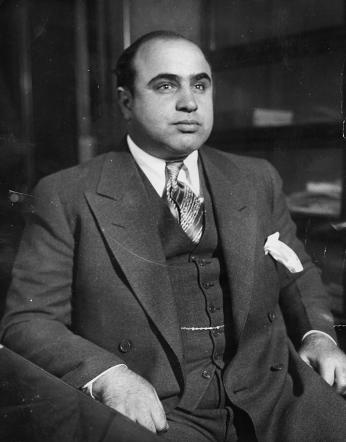
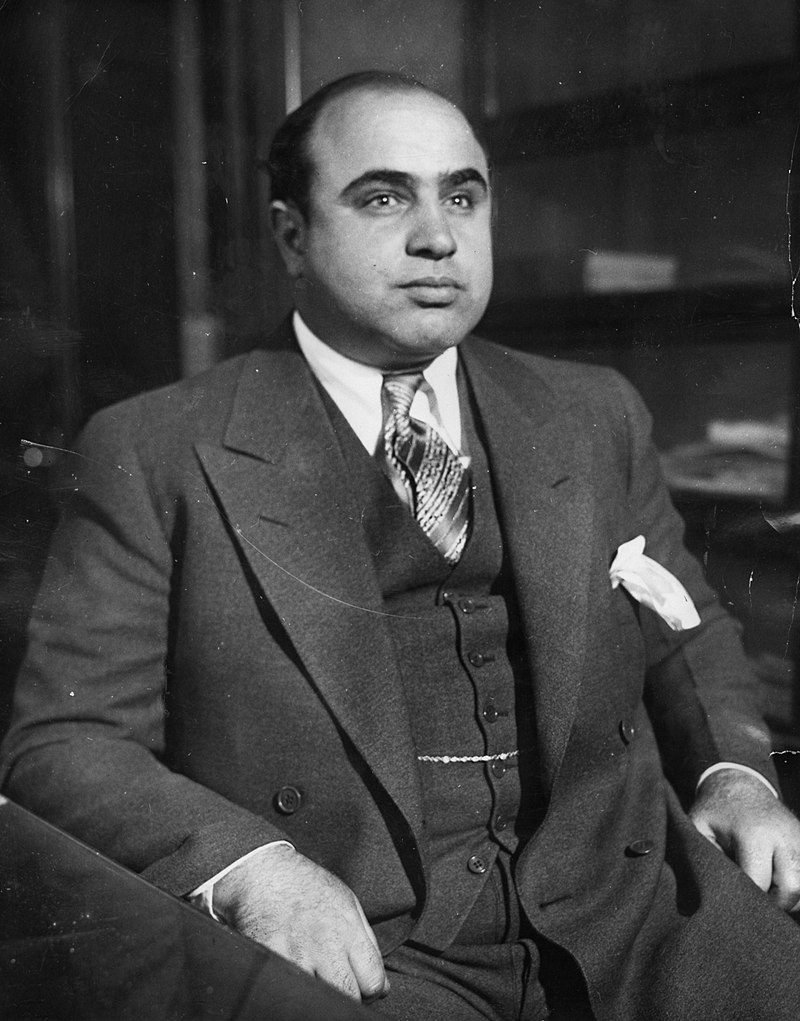
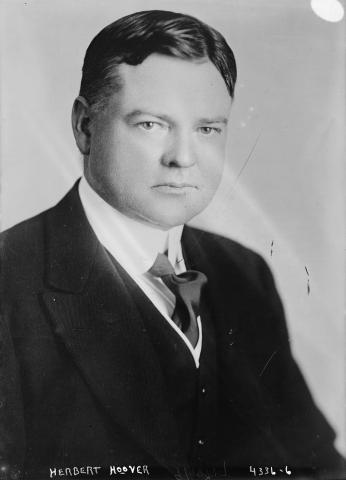
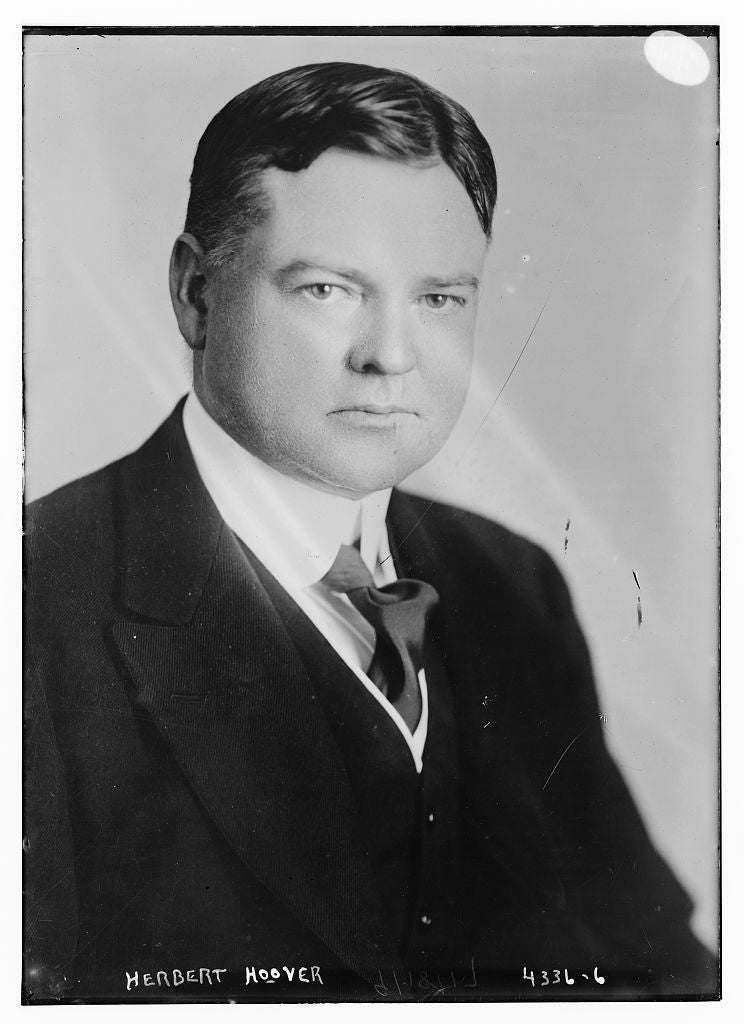
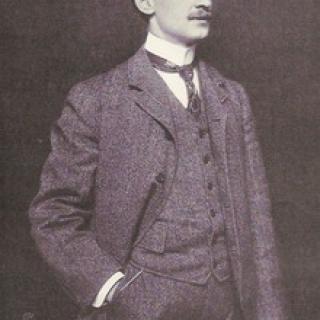
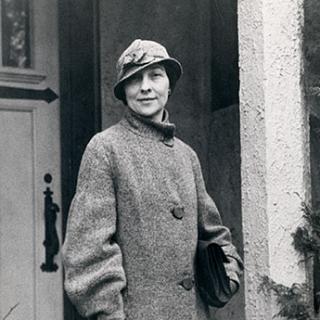
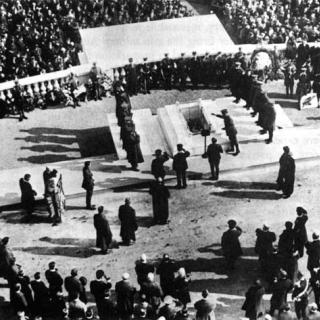
![Sketch of the mythical fuan by Pearson Scott Foresman. [Source: Wikipedia]](/sites/default/files/styles/crop_320x320/public/2023-10/Goatman_Wikipedia_Faun_2_%28PSF%29.png?h=64a074ff&itok=C9Qh-PE1)












